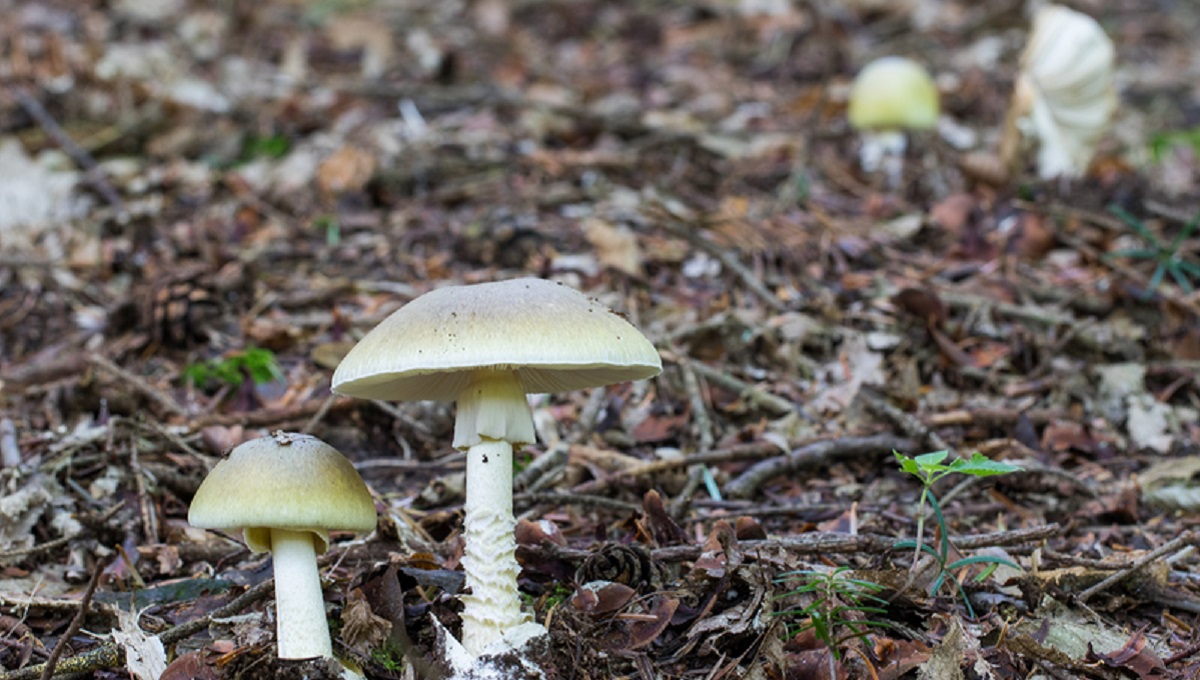
The Food Safety Information Council has warned people in Australia against picking and eating wild mushrooms.
The charity raised several issues around picking mushrooms for consumption after recent wet weather in the country.
Cathy Moir, chair of the Food Safety Information Council, said foraging for wild food is becoming popular, and is promoted by influencers on social media, but gathering wild mushrooms can be life-threatening.
“We are particularly concerned about this growing online promotion of mushroom foraging with some wild mushroom social media groups having over 40,000 members seeking to have their photos of mushrooms identified by fellow foragers. Apps and Google are not reliable to identify mushrooms accurately as they often only recognize Northern Hemisphere mushrooms and mushrooms change appearance during their growth cycle,” she said.
Advice to the public
Moir said death cap mushrooms can appear at any time of year but are more common a week or two after good rains.
“They are not native to Australia and are often found near English oak trees. Death cap mushrooms are difficult to distinguish from some other wild mushrooms so we recommend you play it safe and only eat mushrooms that you have purchased from a supermarket, greengrocer or other reputable source. People born overseas, especially in European and Asian countries, should be aware that these deadly mushrooms can look like edible mushrooms they may have gathered in their home countries,” she said.
“Many accidental exposures to poisonous mushrooms are in children under 5 years; remember that small children have a natural inclination to put things in their mouths, especially if they are colorful and attractive. Parents, school and childcare workers should regularly check outdoor areas and gardens for mushrooms and remove them to reduce the risk of them being eaten accidentally.”
The poison in one death cap mushroom is enough to kill a healthy adult. The toxin in these mushrooms is not destroyed by peeling, cooking or drying. Symptoms of poisoning include vomiting, diarrhea and stomach cramps and usually appear 10 to 16 hours after eating. They may ease for 2 to 3 days before a terminal phase of 3 to 4 days begins. Without early medical intervention people may go into a coma and die after 2 or 3 weeks of liver and kidney failure.
Other wild mushrooms that can cause illness include the Cortinarius (webcap) and Galerina species, the ghost mushroom (commonly mistaken for oyster mushrooms), and the yellow stainer which resembles a field mushroom.
An issue elsewhere
In 2023, the Chinese Center for Disease Control and Prevention investigated 505 reports of mushroom poisoning incidents, resulting in 1,303 patients and 16 deaths.
In September 2023, French officials said more than 250 poisoning incidents had been reported to poison control centers (CAP). A total of 1,923 patients were reported to these centers between July and December 2022.
Data from Tox Info Suisse, the Swiss poisons information center, revealed 655 calls about potential mushroom poisoning in Switzerland in 2022.
The Belgian Poison Center (Centre Antipoisons) received more than 350 calls about potential mushroom poisonings in Belgium and Luxembourg in 2022.
(To sign up for a free subscription to Food Safety News, click here.)